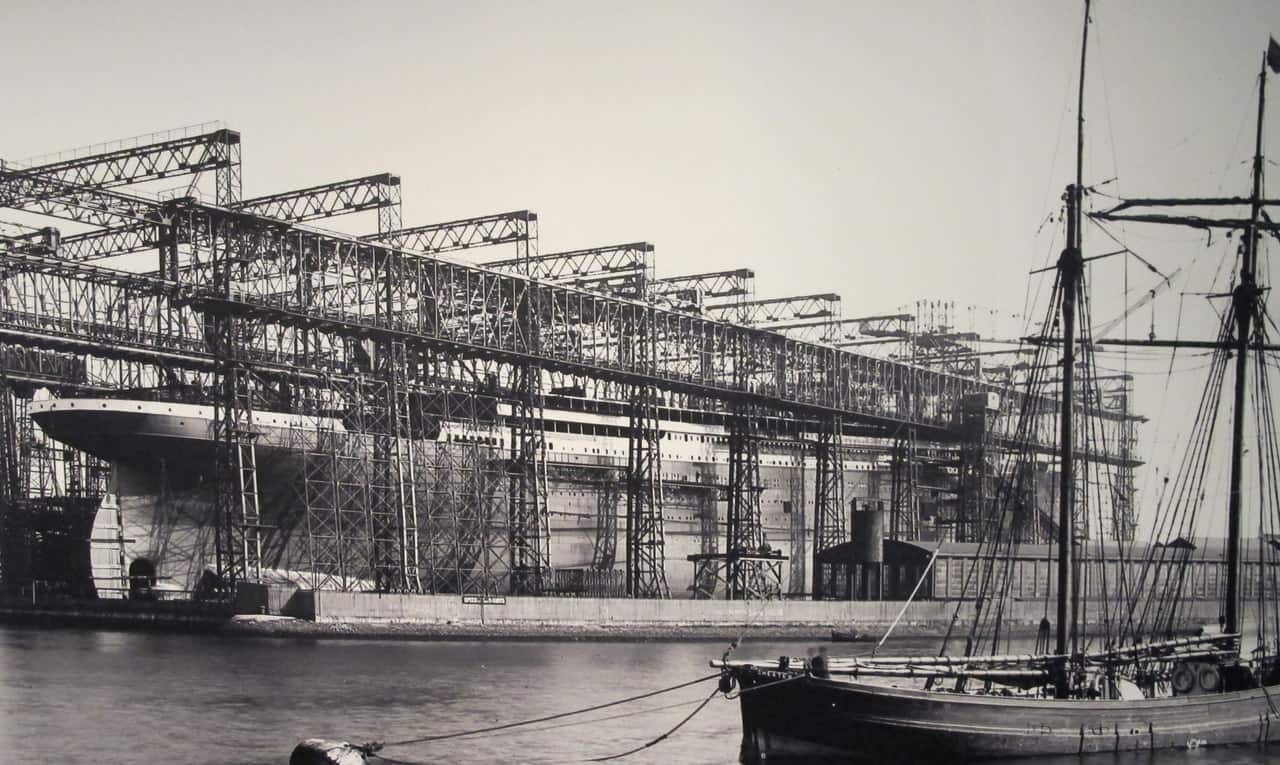The RN was also far ahead of the USN in night fighting training and technology. Radar was icing on the cake of the RN's intensive night action training.To be fair, while radar itself was new, by autumn of 1942 the Royal Navy had been at war for three years, while the USN for only nine months or so. Once the USN had been at war for three years, Dec 1944 they were well in the lead on most capabilities and skillsets.
I will add another link to this dissertation which carefully explains how far behind the curve the USN was in terms of night fighting:
The Evolution of the U.S. Navy into an Effective Night-Fighting Force During theSolomon Islands Campaign, 1942 - 1943
Last edited:


